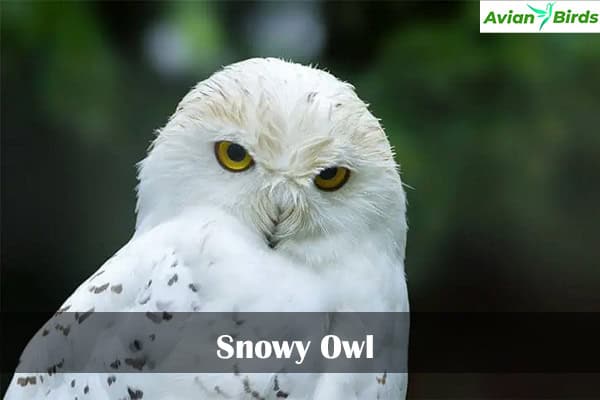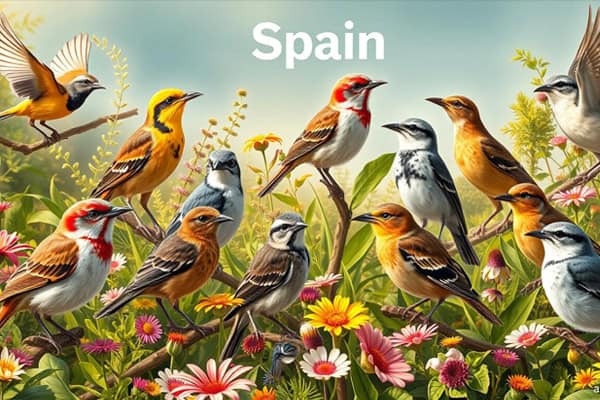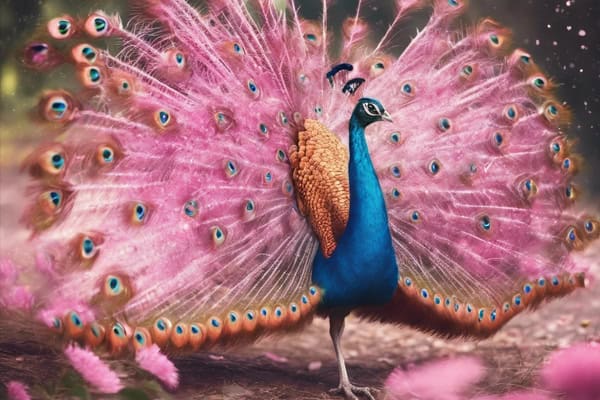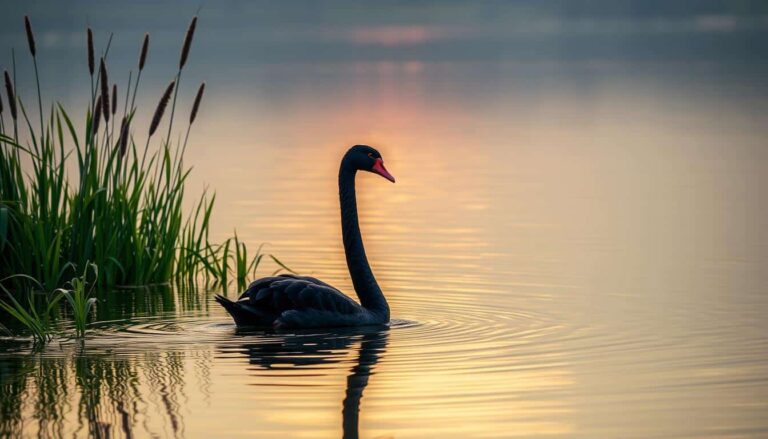Snowy Owl Identification (With Pictures)
Have you ever seen a large, white owl with bright yellow eyes flying quietly in the sky? If yes, you might have seen a snowy owl. Also, These birds are famous for their unique look and how well they live in the cold north. But how do you tell a snowy owl from other owls? Let’s explore how to identify these amazing birds and learn about their special traits.
Appearance and Identification
The Snowy Owl is a bird species that stands out with its unique look. It’s easy to tell these birds apart, especially when looking at the adult male, adult female, and young ones.

Adult Male
The adult male Snowy Owl can be pure white or have a few brown or black spots. Also, It has a big, round head and bright yellow eyes. Some males are completely white, while others have dark spots on their feathers.
Adult Females and Immature
The adult female and young Snowy Owls look different from the males. They are white with dark stripes all over, except for their white faces. Young females often have a lot of dark stripes on their bodies.
Knowing how to spot Snowy Owls is key for bird lovers and nature fans. These birds are fascinating, from the all-white males to the striped females and young ones.
Snowy Owl Behavior
Nesting and Breeding
Snowy owls live in the Arctic tundra, where they build their nests. They pick spots with slight rises in the ground, where snow doesn’t pile up. When lemming numbers are high, a pair might raise up to 10 chicks or more.

Their breeding matches the Arctic summer’s long days.
Hunting and Prey
Snowy owls are great hunters, eating mostly lemmings, ptarmigan, and small rodents and birds. Furthermore, They hunt ducks and other waterfowl from the water. After eating, they regurgitate pellets with bones, fur, and feathers.
These owls eat a wide variety of animals, like mammals, birds, fish, amphibians, crustaceans, and insects. Their unique ears help them find prey under the snow. In a year, one snowy owl can eat up to 1,600 rodents, helping control the rodent population in the Arctic.
Size, Shape, and Flight
Snowy Owls are big and have a unique look. They have a bulky, rounded body and thick feathers. This makes them look wide and heavy. Their broad wings let them glide low to the ground, helping them hunt in the Arctic and subarctic.
These owls are the heaviest in North America, weighing about 4 pounds. That’s a pound more than a Great Horned Owl and twice as heavy as a Great Gray Owl. Their heads are smoothly rounded and often don’t have ear tufts. Their feathers can be pure white or white with a few brown spots, based on their age and gender.
Adult male Snowy Owls are all white. Females and young birds have more dark bars on their feathers, but their faces stay white. This difference in size, shape, and color helps them fit into their snowy surroundings. It makes them well-suited for life in the Arctic and subarctic.
Check Our Previous Articles:
Habitat and Range
The snowy owl lives in the Arctic tundra during the breeding season. They can be found from the western Aleutians in Alaska to the northern parts of Canada. Their home is in treeless areas of the tundra.

In winter, some snowy owls move south, reaching places like central California, Texas, and Florida. But many stay in their nesting areas. They defend large hunting territories, up to 2 square kilometers. These owls can keep their body temperature at 38 to 40°C, even when it’s -50°C outside.
Lemmings are their main food, which they eat a lot of in good years. An adult can eat up to 1,600 lemmings a year. But, they face dangers during migration and winter. Cars, towers, turbines, and airplanes can harm them.
Despite the dangers, the snowy owl is loved by many. Their presence in the Arctic and sometimes in the south reminds us of nature’s beauty. It also shows why we must protect these unique places.
Final Thoughts
The snowy owl is a bird of wonder, known for its striking looks and amazing survival skills in the Arctic. Learning how to spot them and understand their habits helps us appreciate these birds more. They are important symbols of the Arctic, but they face threats from climate change and other dangers.
This makes it crucial to work together to protect them. Snowy owls stand out with their large size and silent flight. Seeing them in the wild is a special experience. By knowing more about them, we can enjoy watching these birds even more.
Our actions can help the snowy owl thrive in the Arctic. By learning about and respecting these birds, we can make a big difference. Let’s work together to keep these amazing birds flying over the snow for years to come.







